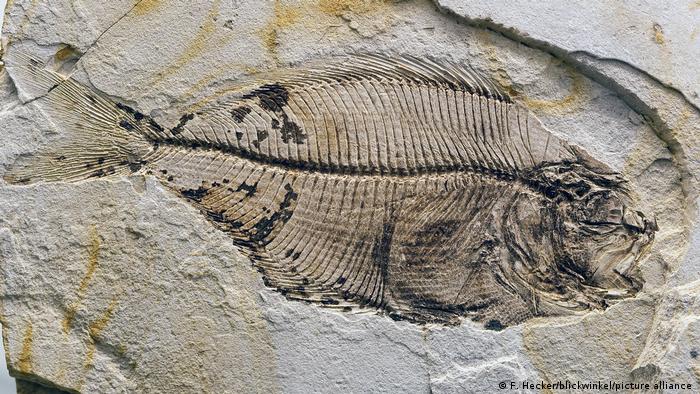
London, Feb 1st.- A fossilized fish of 319 million years, extracted from a coal mine in England more than a century ago, reveals the oldest example of a well-preserved vertebrate brain, published the journal Nature.
Computed tomography, where x-rays are used to reveal the creature’s internal features, shows that the creature’s skull contains a brain and cranial nerves about an inch long.
Researchers from the University of Birmingham (UK) and the University of Michigan (USA) believe that the discovery opens a window to the neural anatomy and early evolution of a major group of living fish today: the radiated fin fish.
These findings shed new light on the preservation of soft parts in fossils of animals with vertebral column.
Most animal fossils in museum collections were formed from hard body parts such as bones, teeth, and shells.
According to the main author of the research, Sam Giles, of the University of Birmingham, "this unexpected finding of a vertebrate brain preserved in three dimensions gives us a surprising view of the neuronal anatomy of fish with radiated fins".
It was added that it tells us a more complicated brain evolution pattern than that suggested by living species alone, which allows us to better define how and when bone fish evolved today.
The brain scanned by computed tomography analyzed belongs to Coccocephalus wildi, a primitive fish with radiated fins about the size of a sea bream that swam in an estuary and probably fed on small crustaceans, aquatic insects and cephalopods, a group that today includes squids, octopus and cuttlefish.
Soft tissues such as the brain usually break down quickly and rarely fossilize.
For Matt Friedman, of the University of Michigan, "an important conclusion is that this type of soft parts can be preserved, and it is possible that they are conserved in fossils that we have had for a long time; this is a fossil that is known for more than 100 years," he said. (Text: PL) (Photo: Revista Nature)